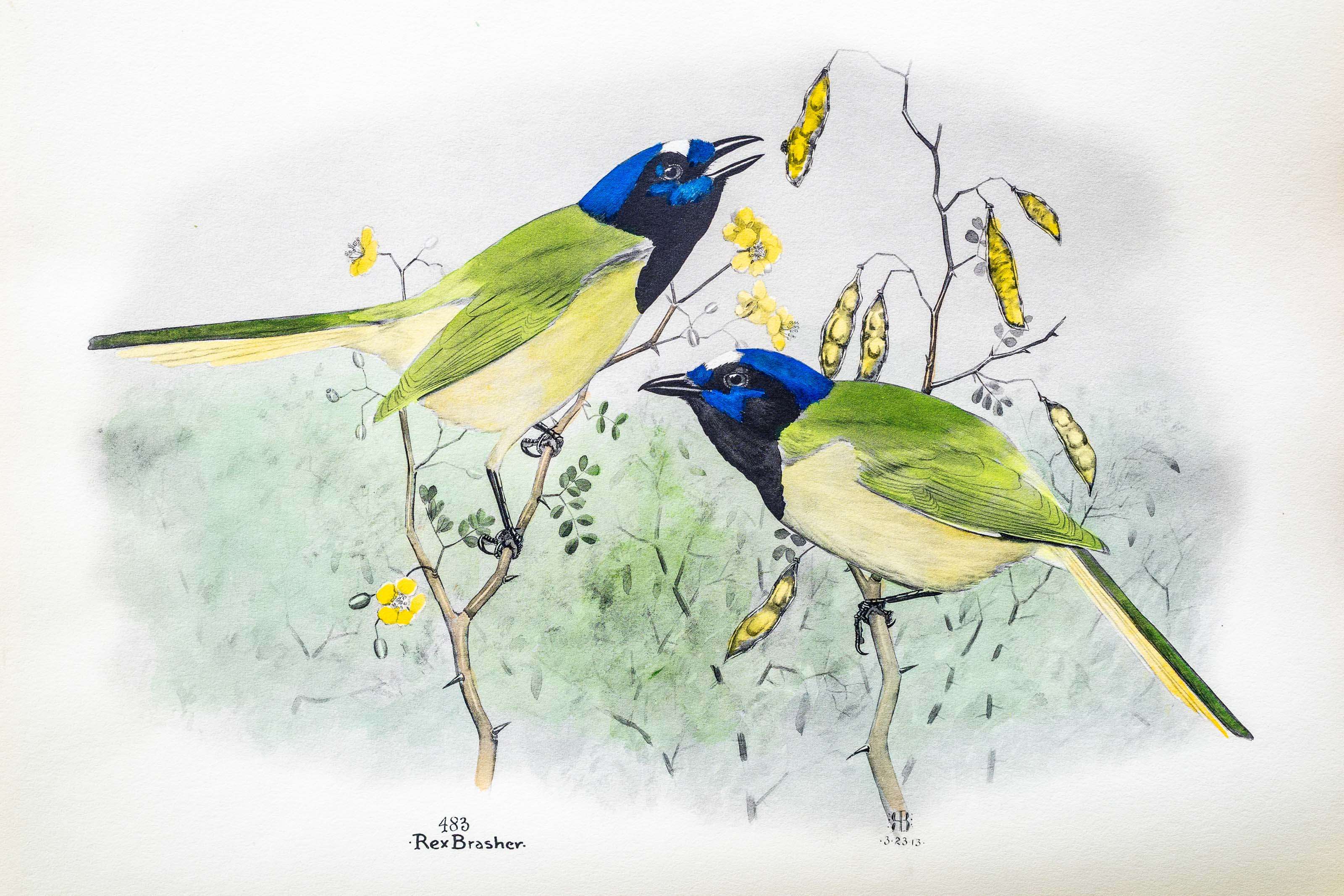
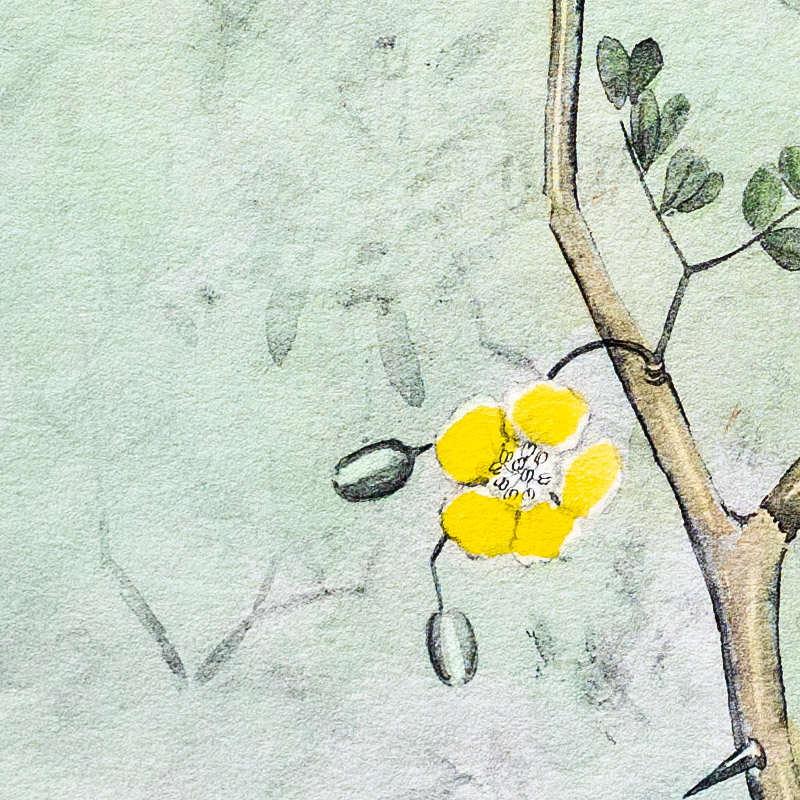
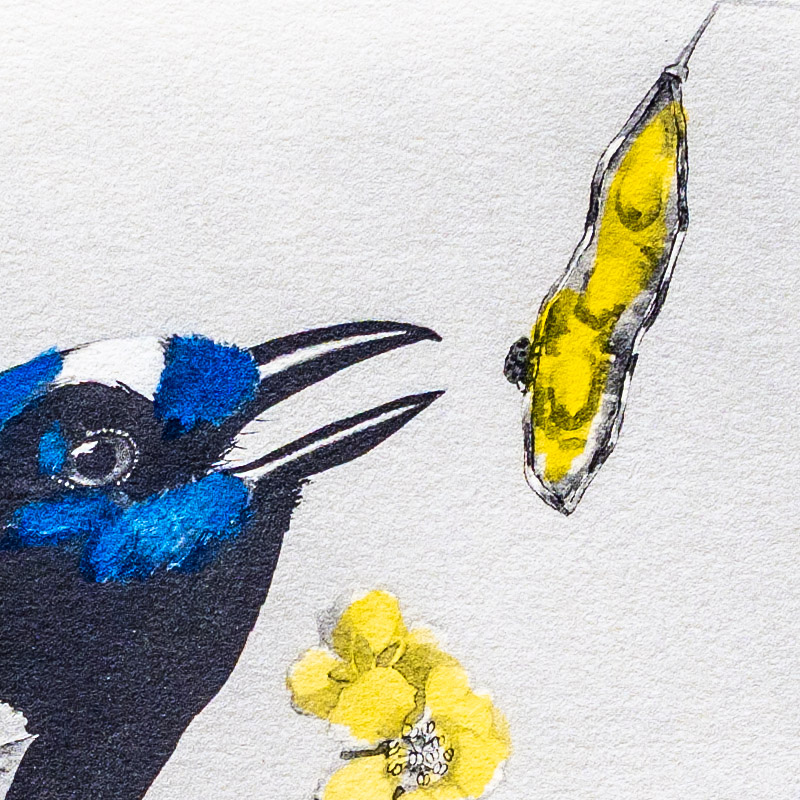
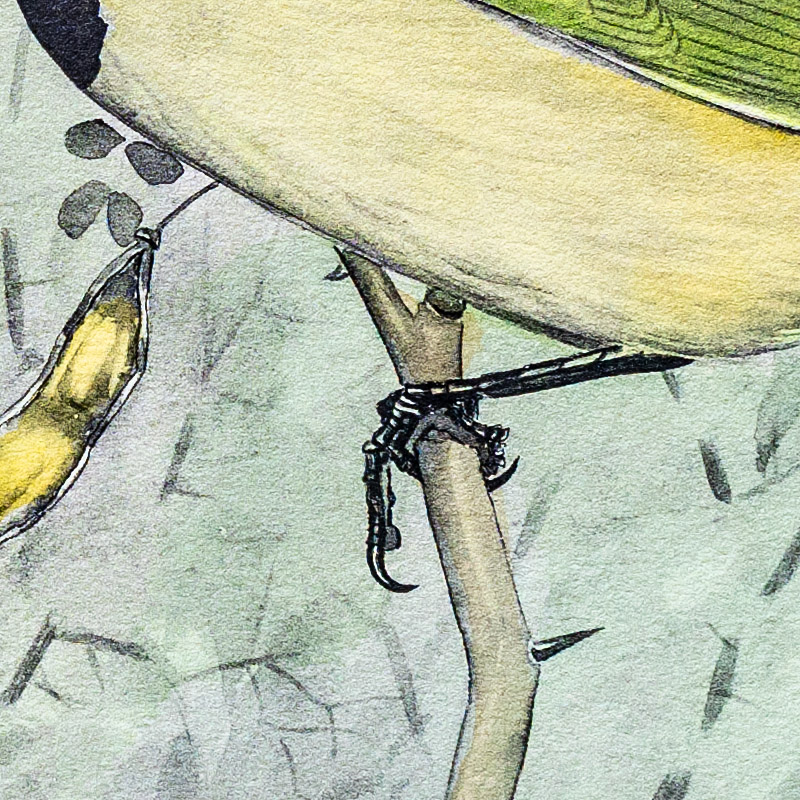

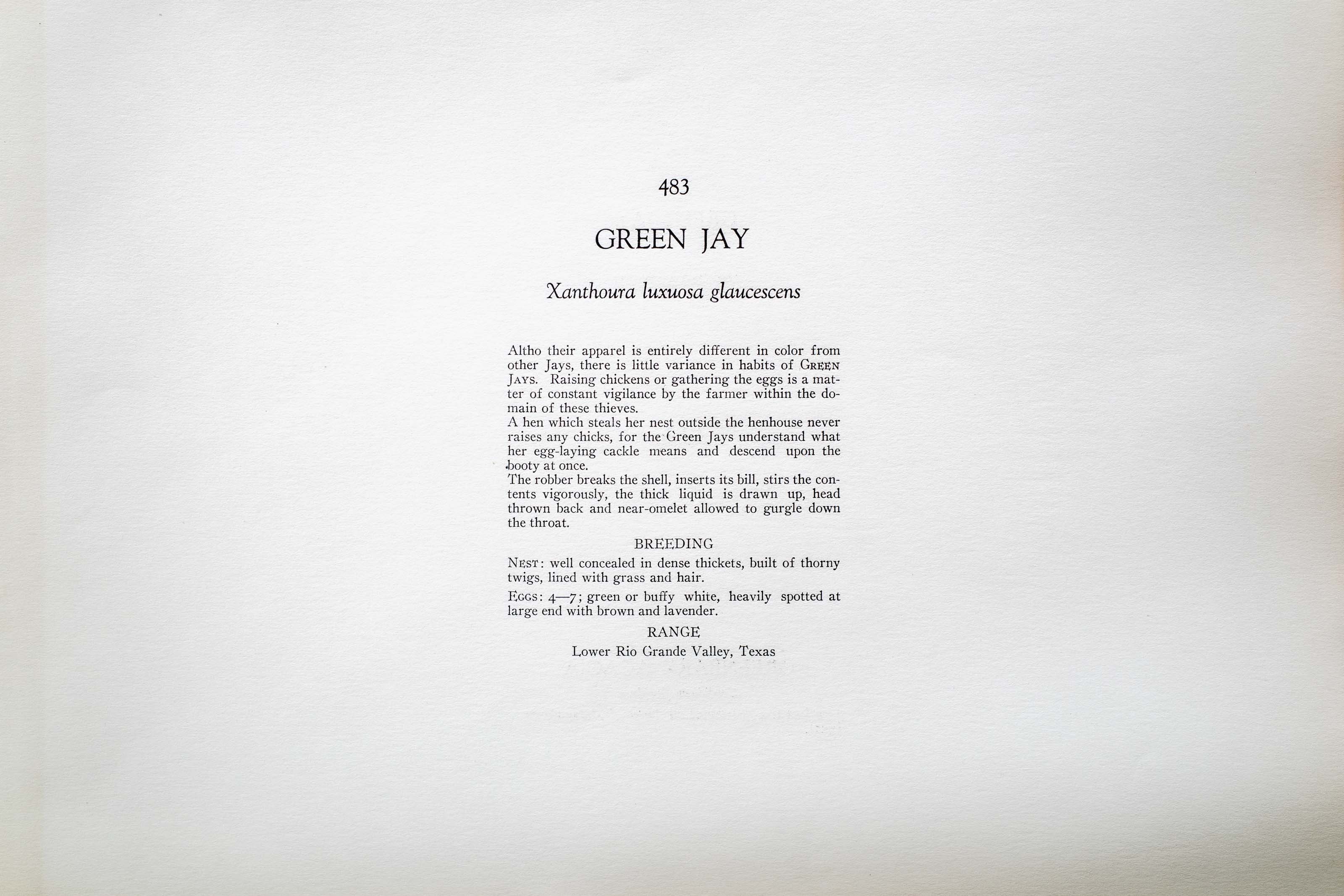

1913
1931
8
483
A team of dedicated board members, volunteers, and student interns has published every page in Volume 9. This volume includes 360 images of paintings and lyrical descriptions of birds, now available online for everyone to enjoy anywhere in the world. This is a monumental task. Each volume requires approximately 400 hours to photograph, edit, transcribe, catalog, and publish online. We need your support to complete this work.
If you're tech-savvy, have a good eye, are meticulous with details, and love structured data, please consider volunteering by emailing us at hello@rexbrasher.org.
We encourage all bird lovers and supporters to consider a monetary donation to support our mission to make Rex's work available for everyone. You can provide a one-time or recurring donation online.
Altho their apparel is entirely different in color from other Jays, there is little variance in habits of GREEN JAYS. Raising chickens or gathering the eggs is a matter of constant vigilance by the farmer within the domain of these thieves.
A hen which steals her nest outside the henhouse never raises any chicks, for the Green Jays understand what her egg-laying cackle means and descend upon the booty at once.
The robber breaks the shell, inserts its bill, stirs the contents vigorously, the thick liquid is drawn up, head thrown back and near-omelet allowed to gurgle down the throat.
NEST: well concealed in dense thickets, built of thorny twigs, lined with grass and hair.
EGGS: 4–7; green or buffy white, heavily spotted at large end with brown and lavender.
Lower Rio Grande Valley, Texas.
A 20-foot tree distributed on shores of Mataguda Bay, Texas.